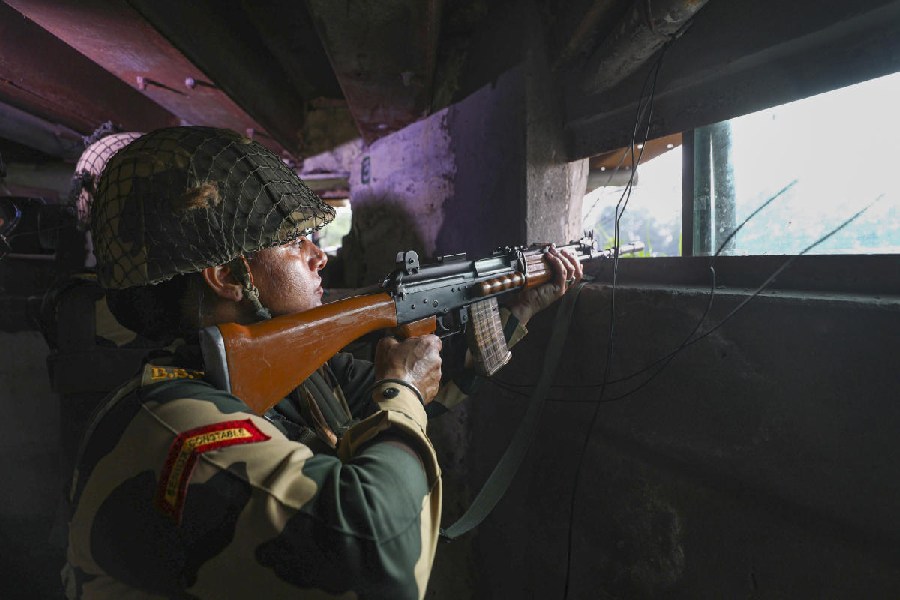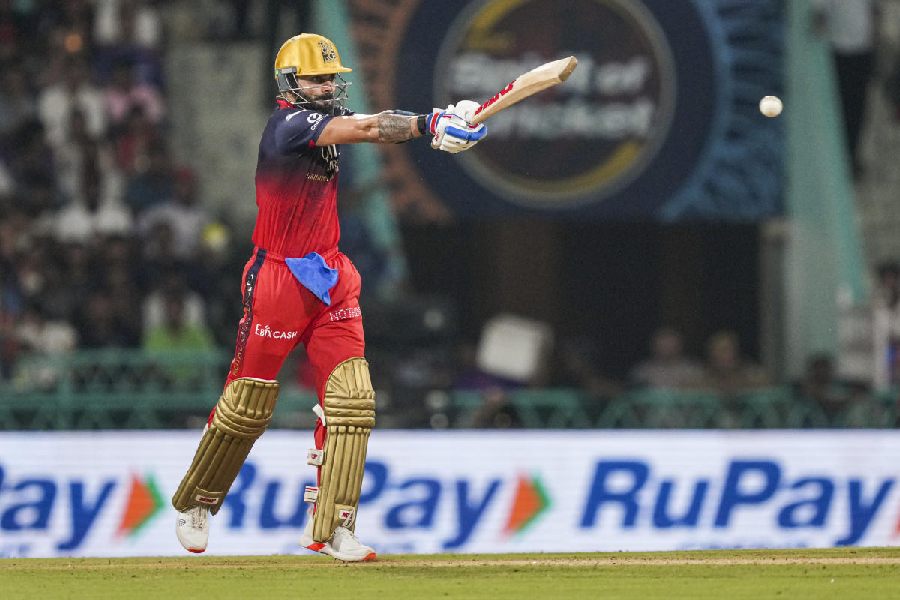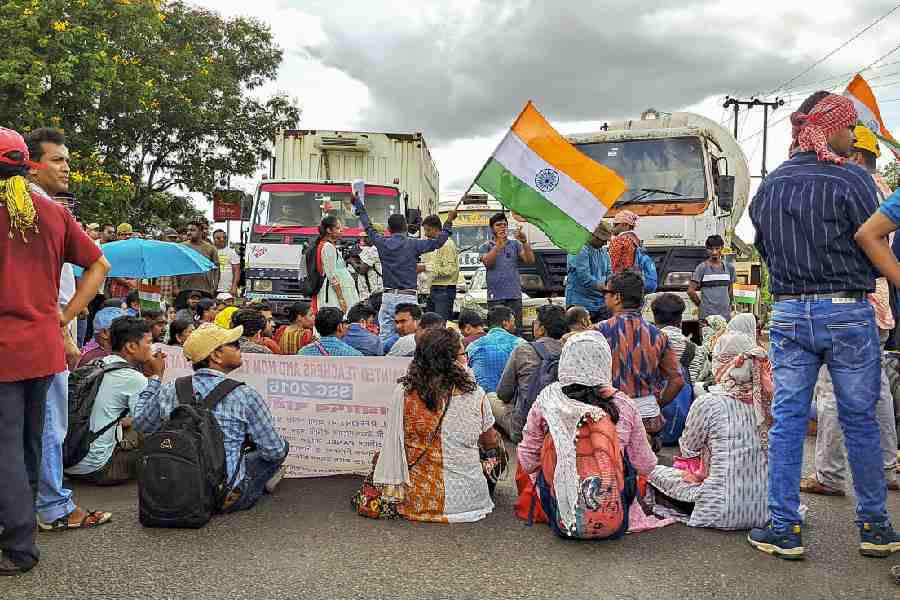 |
You are standing on the beach at Betalbatim, Goa, close to a nondescript backpacker’s den called Bollywood Resort. Your notes specify the longitude-latitude as N15? 17.248 minutes and E73? 54.636 minutes. You ask a fisherman, rather hesitantly, about the drainpipes at the northern end of the resort. He looks at you suspiciously before pointing at the bushy undergrowth. As you rush for the hidden treasure, with an odd electronic device in your hand, you guess it’s the first drainage pipe. You are right! As you start digging, you discover the plastic box and give yourself a pat for the mission accomplished.
Welcome to the world of geocaching, a hi-tech treasure hunt game that promises unlimited fun and excitement. A modified version of hide and seek, all you need to play this game is a portable Global Positioning System (GPS), access to the Internet and the right spirit.
In this post-modern game of traditional Easter egg hunt, one player hides stashes ? called caches ? in public places and posts the locations’ co-ordinates online. Other players ? geocaching has about one million enthusiasts worldwide ? use GPS devices to locate the treasure.
A typical cache comprises a waterproof container that is hidden safely in the wilderness. For instance, the Goan cache consists of a pair of miniature binoculars, a koala pencil clip-on, dinosaur hair clip, a cassette with Enya’s songs and a logbook. It was hidden by YardBoy (in the world of geocaching you’re known by your code name). So far, YardBoy has hidden eight caches across the western and southern part of India in Chennai, Bangalore, Pondicherry and Lonavla near Mumbai.
“You can hide anything ? a dog-eared copy of your favourite book, a trinket, a key ring or a plastic toy,” says Bangalore-based MasterMind, an avid geocacher. This software engineer got addicted to this sophisticated hobby five years ago in New York, while working with a software company in the US.
“Hiding is easy. The tougher part is to track down the cache,” he says. “When you find the stash, you can hide it in the same spot, swap the baubles inside for baubles of your own and make an entry in the logbook kept inside,” he adds. When you read through a particular logbook, it is likely to reveal a fascinating list of visitors with their emails. MasterMind has hidden three caches in and around Chennai, which no one has been able to track down so far. “Once you know the co-ordinates of a cache close to your home and feed them into your GPS receiver, you are ready for the adventure,” he says.
Geocaching took off in May 2000 in the US after Bill Clinton’s government withdrew military restrictions on satellite navigation technology. The system is actually a constellation of 27 Earth-orbiting satellites, developed by the US military. The orbits of the satellites are so arranged that at any time, anywhere on earth, there are at least four satellites “visible” in the sky. A GPS receiver’s job is to locate four or more of these satellites, figure out the distance between them and use this information to deduce its own location ? the latitude, longitude and altitude of its current position.
When the Pentagon stopped decoding the signals from its network of GPS satellites, it became possible to produce hand-held receivers that were accurate to a few feet. Some receivers can even show you maps, indicating how far you’ve travelled and how long you’ve been travelling.
The day after the US government opened up its satellite network for civilians, an American GPS enthusiast marked the occasion by keeping a tin of beans and a few compact discs in a box near Portland, Oregon, and posting its latitude and longitude on the web. Within days, Ulmer’s cache was located and a new game was born with its own sets of rules. Soon, thousands of players were hiding and seeking caches.
Initially, caches were concealed in urban localities ? under a bench in the park or beside a roadside undergrowth ? but gradually geocachers fanned out to cemeteries, caves, forests, cliffs and even remote archaeological ruins.
According to www.geocaching.com ? a geocacher’s Bible ? there are more than 20,000 active caches in 218 countries across the globe. Seasoned geocacher Minnesota Dave has hidden 21 caches across the country, from Manali to Dimapur.
The most difficult one lies beneath the moist Khasi rocks above the pines in Shillong. “The game is catching on in India,” says YardBoy who works for a Canadian software firm. Whenever he visits his ancestral home in Chennai he makes it a point to hide a few caches around and post their locations on www.navicache.com.
The problem with geocaching in India is that caches are often stolen or destroyed. That’s not all. According to the latest news update in geocaching.com, a bomb squad had to detonate a small plastic box that turned out to be a cache hidden near a railway track at Delaware in the US. Following this mishap, geocachers have been asked to inform local law enforcement officials prior to hiding anything in a public place.
Don’t worry. A few such hitches apart, you are sure to enjoy geocaching ? especially if you are the kind who loves mapping new routes.










